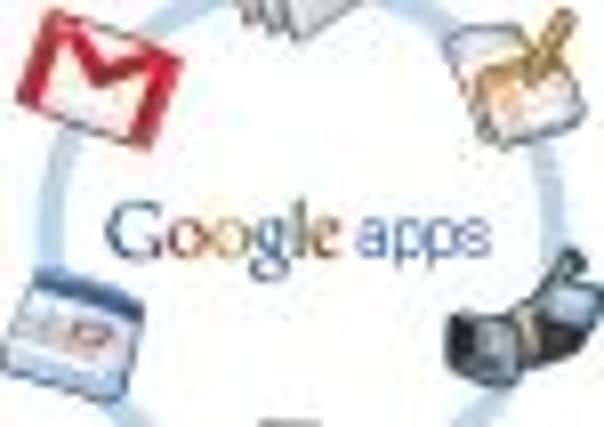Tech Talk: Microsoft loses as users’ needs evolve online


Back in June, Google’s Chrome browser finally toppled its Microsoft rival as the world’s most-used internet access tool. There is good reason for that: Chrome is sleeker and faster. But its success is also a pointer to the changing fortunes of the companies themselves: Google is on the ascendant; Microsoft is playing catch-up.
Internet Explorer has been the subject of much courtroom activity over the years, with rivals accusing Microsoft of exercising an unfair advantage by bundling it as part of Windows. Users would prefer other products if only they had the choice, argued the lawyers.
Advertisement
Hide AdAdvertisement
Hide AdAs it’s turned out, they were right, and one of the reasons is Microsoft’s insistence on persevering with technologies no-one wanted. Their latest Windows 7 browser, Internet Explorer 9, was heavily advertised on the premise that it would deliver “a more beautiful web”. This was to be achieved with a piece of software called Clear Type, which would improve the clarity of display on flat-panel screens. But for many of us, Clear Type manages only to make perfectly crisp, sharp text look fuzzy. To my eyes at least, Explorer now looks out of focus.
It’s not only the internet where Microsoft is losing ground. We are also seeing the first signs of a mass defection from workday tools such Word and Excel that have become part of office life for a generation.
Partly, the change is being driven the need to uses documents and files simultaneously on phones and tablets, as well as PCs. But there’s also a growing realisation that the age of office computing as we have known it is over. Just as 1990s dinosaurs such as WordPerfect and Lotus 1-2-3 gave way to a newer generation of technology, so it will be with Word and perhaps Windows itself.
Once again, Google is driving the change. Their answer to Microsoft Office is Google Apps, which encompasses email, calendar, document storage and in-house websites as well as word processors, spreadsheets and slideshows. Companies pay an annual fee of $50 per user, but for individuals and small teams, it’s free. The beauty of it is that your work is available automatically wherever you are. As you’re connected to the internet, there’s no need to sync and move files between computers. Given the minimum £150 cost for Microsoft office, Google Apps is well worth a try.